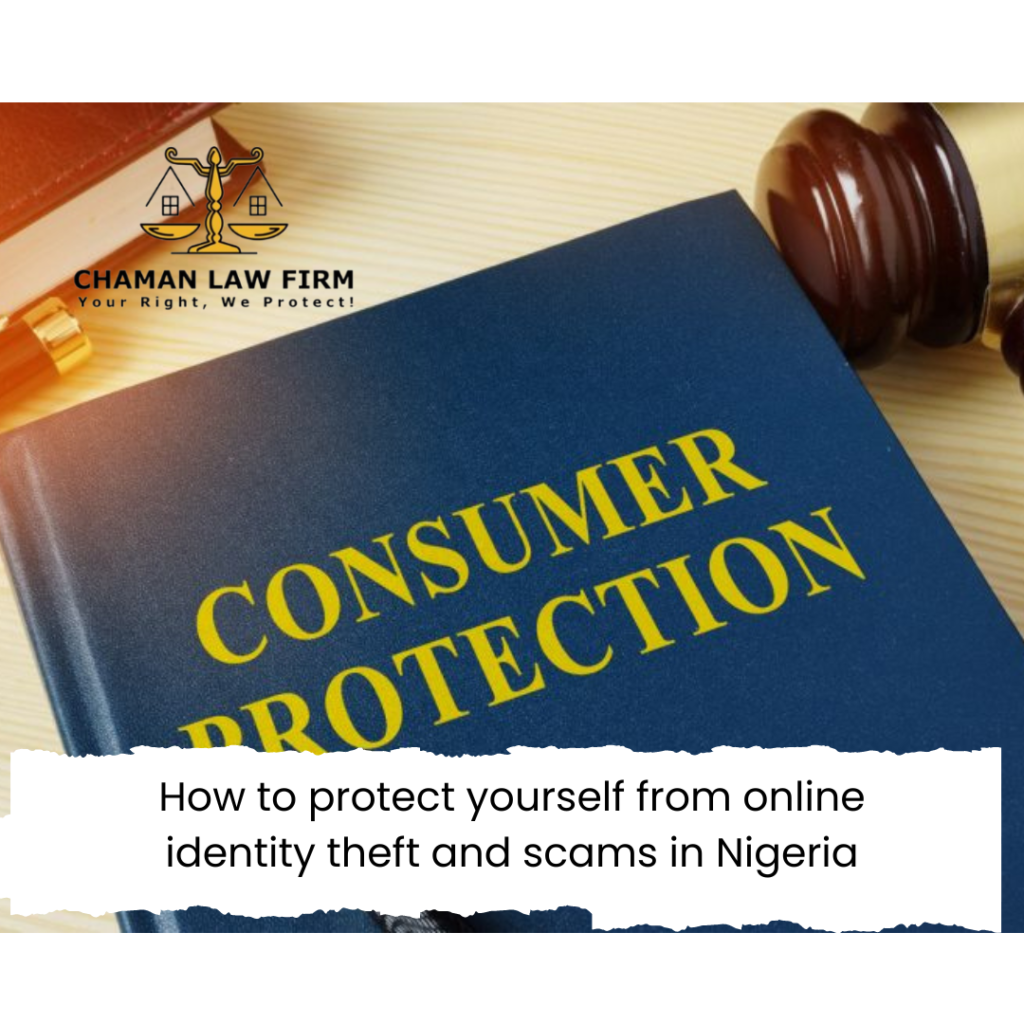How to Protect Yourself from Identity Theft and Fraud as a Consumer
In today’s digital age, protecting yourself from identity theft and fraud is essential. Criminals are constantly finding new ways to exploit personal information, leading to financial loss, damaged credit, and emotional distress. As a consumer, it’s crucial to take proactive steps to safeguard your identity and financial well-being. This article will provide valuable tips on how to protect yourself from identity theft and fraud.
Safeguard Personal Information:
Keep your personal information secure by minimizing its exposure. Only share sensitive details, such as your Social Security number or financial account information, when necessary and with trusted entities. Be cautious about sharing personal information online, especially on unsecured websites or through unfamiliar channels. Regularly monitor your social media profiles and adjust privacy settings to limit access to your personal data.
Create Strong and Unique Passwords:
Use strong and unique passwords for all your online accounts. A strong password consists of a combination of uppercase and lowercase letters, numbers, and special characters. Avoid using common passwords or personal information that can be easily guessed. Consider using a password manager to securely store and generate complex passwords for each of your accounts.
Enable Two-Factor Authentication:
Enable two-factor authentication (2FA) whenever possible. This adds an extra layer of security to your online accounts by requiring a second form of verification, such as a unique code sent to your mobile device, in addition to your password. 2FA helps prevent unauthorized access even if your password is compromised.
Be Wary of Phishing Attempts:
Be cautious of phishing attempts, which involve fraudsters posing as legitimate entities to trick you into revealing personal information. Phishing attempts often come in the form of deceptive emails, text messages, or phone calls. Be skeptical of unsolicited communications asking for personal information or urging immediate action. Verify the authenticity of the request independently by contacting the organization directly through their official website or phone number.
Regularly Monitor Financial Accounts:
Frequently monitor your financial accounts for any suspicious activity. Review bank statements, credit card bills, and online transactions to ensure all charges are legitimate. If you notice any unauthorized transactions, report them to your financial institution immediately. Consider setting up transaction alerts or utilizing credit monitoring services that notify you of any unusual activity.
Protect Your Devices:
Secure your devices to prevent unauthorized access and potential data breaches. Use robust passwords or biometric authentication on your smartphones, tablets, and computers. Regularly update your operating system, applications, and antivirus software to protect against security vulnerabilities. Avoid connecting to public Wi-Fi networks, as they can be insecure and prone to eavesdropping. If you need to use public Wi-Fi, consider using a virtual private network (VPN) for added security.

Shred Sensitive Documents:
Dispose of sensitive documents, such as bank statements, credit card offers, and medical records, by shredding them. Identity thieves can target discarded documents to obtain personal information. Invest in a cross-cut shredder and shred any paper documents containing sensitive information before discarding them.
Be Cautious with Social Security Numbers:
Protect your Social Security number (SSN) as much as possible. Only provide it when absolutely necessary and to trusted entities. Be cautious about carrying your physical Social Security card with you and keep it in a secure location. If an organization requests your SSN but does not have a legitimate reason, consider providing an alternative form of identification.
Check Your Credit Reports Regularly:
Monitor your credit reports regularly to identify any suspicious or unauthorized activity. By law, you are entitled to a free credit report from each of the three major credit bureaus (Equifax, Experian, and TransUnion) once a year. Take advantage of this and review your reports for any inaccuracies or signs of fraudulent activity.
Educate Yourself:
Stay informed about the latest scams, identity theft techniques, and fraud prevention strategies. Regularly educate yourself about common tactics used by criminals to target consumers. Stay updated on security best practices and follow reputable sources for news and information on identity theft and fraud prevention.
Conclusion:
Protecting yourself from identity theft and fraud requires a combination of vigilance, caution, and proactive measures. By safeguarding personal information, using strong passwords, enabling two-factor authentication, being wary of phishing attempts, monitoring financial accounts, securing devices, shredding sensitive documents, protecting Social Security numbers, checking credit reports regularly, and staying educated, you can reduce the risk of falling victim to identity theft and fraud. Remember, prevention is key, and taking the necessary precautions will help ensure your identity and financial well-being remain secure.
